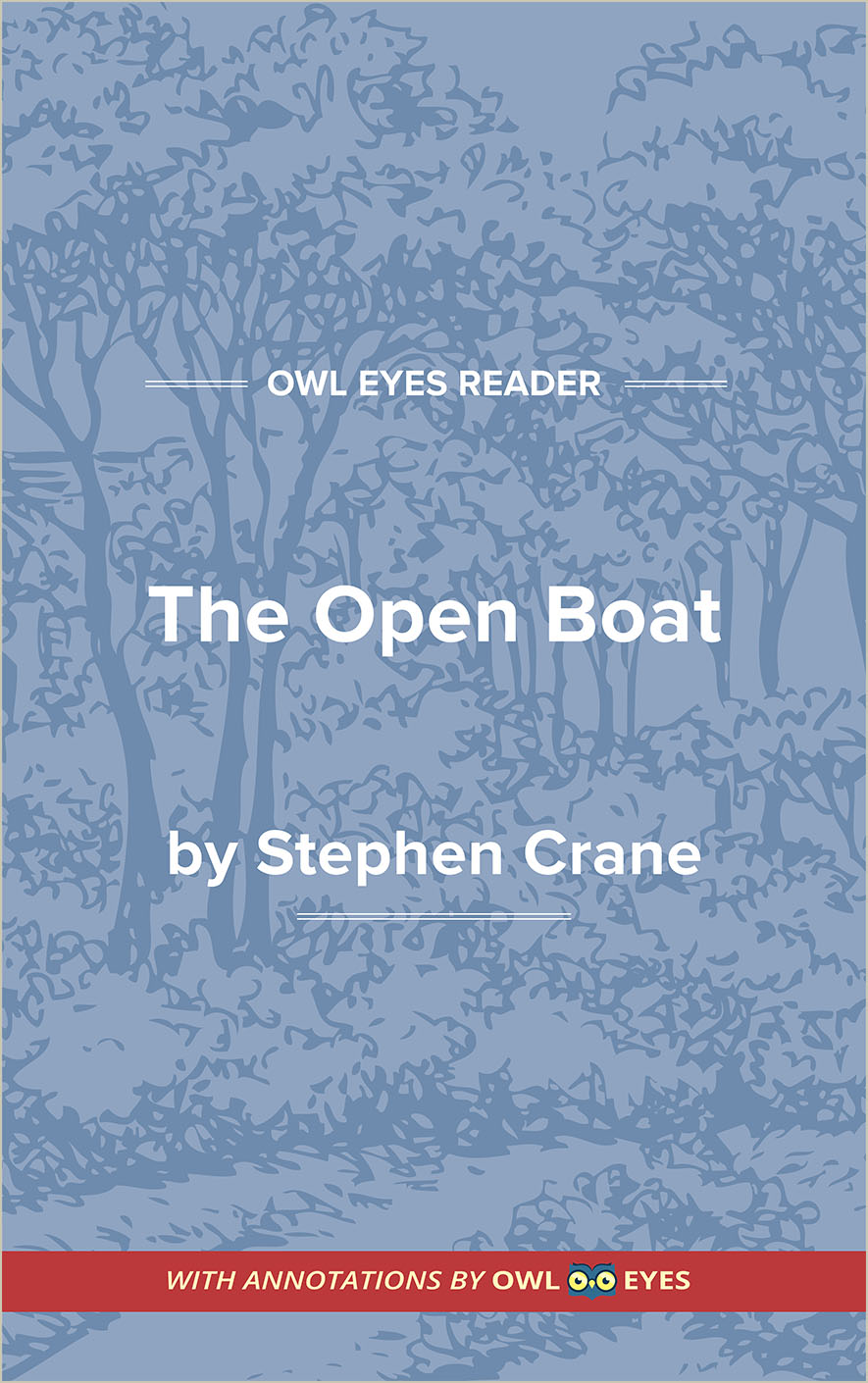Study Guide
Analysis Pages
Stephen Crane Biography
Born in Newark in 1871, Stephen Crane was the fourteenth child in the ministerial household of the Reverend Jonathan Townley Crane and his wife Mary, an active participant in the New Jersey temperance movement. His father’s frequent moves to pastorates in New Jersey and New York gave the youngest Crane an opportunity to grow up in a variety of environments. As a boy he shocked his family by announcing his disbelief in hell, a protest against the apparent futility of his father’s devoted service to Methodism. Ideals with which the Reverend Crane sternly allied himself did not correspond to life as his son came to know it. Stephen later wrote of his father, who died in 1880, “He was so simple and good that I often think he didn’t know much of anything about humanity.” Although physically frail, Stephen Crane was essentially an outdoorsman. At Lafayette College (1889-1890) and at Syracuse University (1890-1891) he distinguished himself in boxing and as a shortstop on the varsity team, though he never earned a degree. Years later, Joseph Conrad paid tribute to him as a good shot and a fine horseman. Crane was never formally well educated, and his real education sprang from a keen ability to observe and learn from his surroundings.
In the fall of 1891, Crane decided to write rather than return to college. He moved to New York City, where he lived a precarious five years as a freelance newspaper writer. While a fledgling reporter for the New York Tribune, he studied the intimate nature of New York’s Lower East Side, sleeping in Bowery shelters to learn of slum life firsthand. No one escaped his keen observation: beggars, vagrants, drunkards, prostitutes. However, Crane’s news reports often contained more fiction than fact, so the Tribune fired him in 1892.
Crane’s mother died on December 7, 1891, and Crane claims to have written his first novel that month “in the two days before Christmas.” The characters were nameless and the book untitled, so his brother William suggested the title Maggie: A Girl of the Streets. The work was not a “respectable” book, and when no publisher would take it, Crane paid to have eleven hundred copies printed in early 1893 under the pseudonym Johnston Smith. Few copies of the book were sold, but Crane gave away many to friends and other writers. Impressed by Maggie: A Girl of the Streets, Hamlin Garland became the first established writer to show faith in Crane’s talent. William Dean Howells also saw merit in the novel, but the book did not receive much attention. It was not until 1896, after the success of The Red Badge of Courage: An Episode of the American Civil War, that the book was reissued under its author’s name. In Maggie: A Girl of the Streets, Crane had discovered the slum as literary material; thus naturalism entered American letters, and from that obscure beginning his feeling for dialect and his knowledge of American life fastened his fiction in reality. In contrast to the light romances of its period, Maggie: A Girl of the Streets proclaimed a world without virtue. Because Crane’s outlook was cynical, he was not disposed to cry the cause of his heroine, Maggie Johnson, nor to expect a reform of the environment which spawned her. Maggie never evokes pity; instead, she resembles a figure in a Greek drama whose fate is sealed before the play begins.
Through his reading and endless conversations with Civil War veterans, Crane had grown up intrigued by war. In 1893 he began writing the first American novel to describe not only what a soldier did but also how he felt. When The Red Badge of Courage: An Episode of the American Civil War first appeared in installment form in The Philadelphia Press, December 3-8, 1894, Crane received less than one hundred dollars. Publication in book form was delayed until October 3, 1895, because Crane was traveling in the West, the Southwest, and Mexico. The book established Crane as a major novelist, but success and fame never brought him wealth.
(The entire page is 1,177 words.)
Owl Eyes subscribers get unlimited access to our expert annotations, analyses, and study guides on your favorite texts. Master the classics for less than $5/month!

